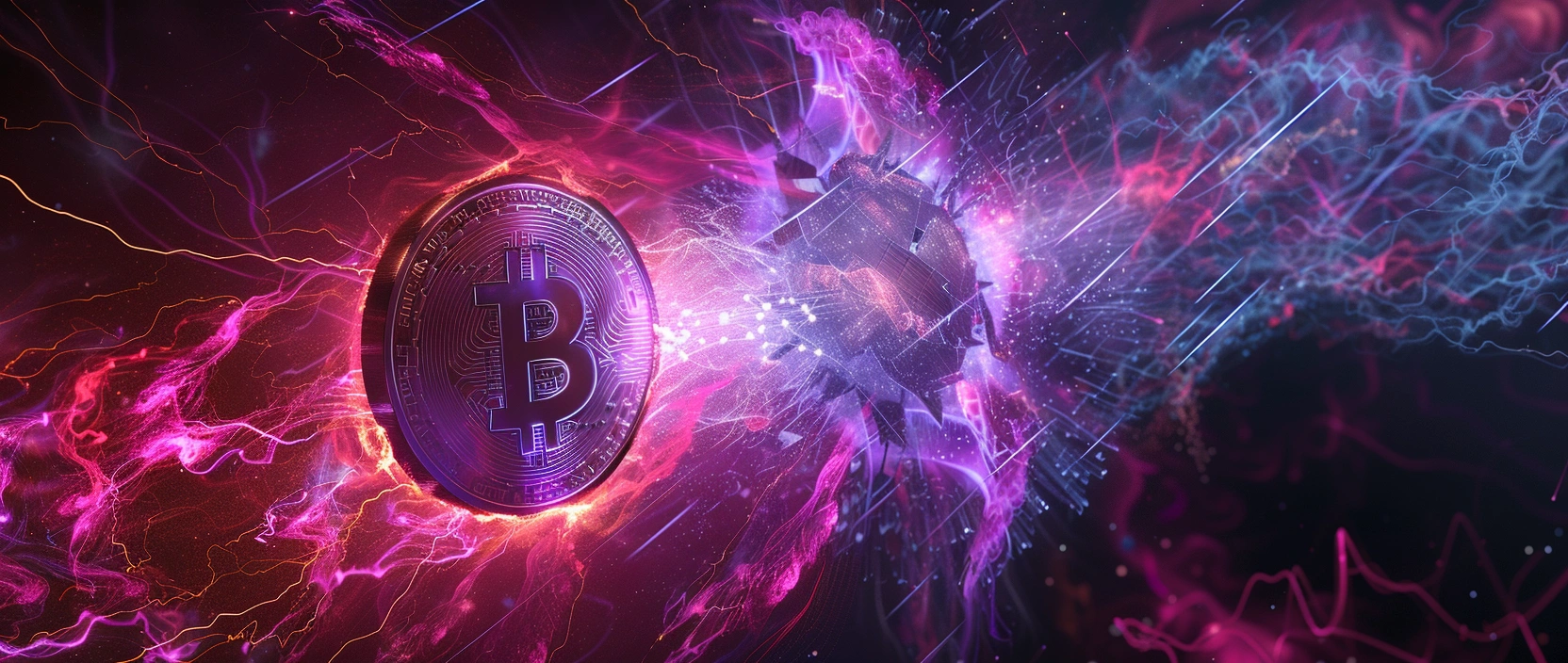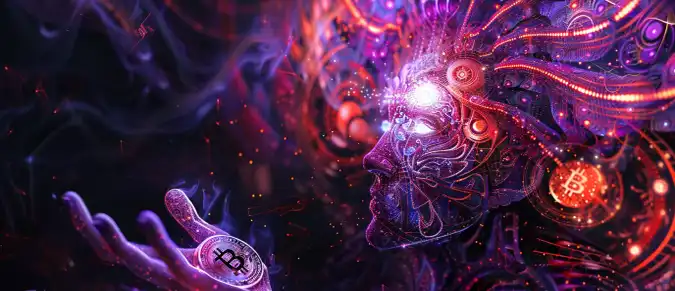Godcoin is a blockchain project focused on creating a stable digital currency designed for use in the emerging decentralized economy. It aims to provide a financial interaction model where the value of the asset is not driven by speculation, but is instead supported by internal stabilization mechanisms and transparent distribution. The project views digital currency as a tool for long-term use, suitable for payments, savings, and participation in Web3 ecosystems.
Contents
- Godcoin Concept and Economic Philosophy
- Blockchain Architecture and Technology Platform
- Tokenomics and Governance Model
- Godcoin Applications and Real Use Cases
- Community, Ecosystem Development and Future Prospects
- Conclusion

1. Godcoin Concept and Economic Philosophy
Godcoin emerged as an attempt to rethink the role of digital currencies and address the issue of high volatility that characterizes most crypto assets. The core concept is to create a stable financial environment capable of functioning independently from unpredictable market cycles. This approach makes Godcoin suitable for long-term value storage, transactional operations, and supporting economic strategies in various digital platforms.
The project’s economic philosophy is based on a combination of transparency, decentralization, and a controlled stability mechanism. The value of the token is maintained not by centralized authority, but through rules embedded in the blockchain architecture. This provides protection from manipulation and reduces dependency on individual market participants.
Additionally, Godcoin seeks to balance the freedom of cryptocurrencies with the reliability associated with traditional financial instruments. Stability is maintained through algorithmic mechanisms that regulate supply and manage token circulation. This encourages user trust and promotes the token’s role in real economic processes.
2. Blockchain Architecture and Technology Platform
The technical foundation of Godcoin involves a decentralized ledger designed for scalability and secure data processing. The project may use modified Proof-of-Stake or hybrid consensus models, where transaction validation is performed by multiple independent nodes, rewarded for supporting network stability.
The architecture is optimized to reduce energy consumption while increasing throughput. This enables fast transactions, low fees, and compatibility with large user bases.
Key System Features:
- Decentralized transaction verification
- Cryptographic protection of user data
- High network throughput
- Compatibility with Web3 ecosystems
The platform also supports API integration, allowing connection with external services, decentralized applications, and corporate systems. This adaptability positions Godcoin as a flexible tool for both personal and enterprise-level financial operations, while also encouraging developer engagement in expanding the ecosystem.
3. Tokenomics and Governance Model
The tokenomics of Godcoin is designed to establish sustainable digital value and support fair user participation. Token distribution and reward mechanisms reduce speculative pressure and promote long-term engagement.
| System Component | Purpose |
|---|---|
| Godcoin Token | Medium of exchange and store of value |
| Stabilization Protocol | Mitigates sudden fluctuations in token price |
| Node Rewards | Incentivizes network participants to maintain stability |
| Community Governance Voting | Enables decentralized project decision-making |
The DAO mechanism allows participants to propose upgrades and vote on strategic development directions. This promotes collective responsibility and reduces the influence of large token holders. The more a participant contributes to the health of the network, the greater their influence and rewards.

4. Godcoin Applications and Real Use Cases
Godcoin is intended for practical long-term scenarios. Its role goes beyond acting as a speculative asset and extends into real economic utility.
Main application areas include:
- International digital payments
- Store of value in regions with unstable fiat currencies
- Settlement tool for Web3 applications and DAOs
- Financial operations in metaverses and virtual economies
Additionally, Godcoin may be used for subscription services, identity verification, or rewarding community participation. As decentralized platforms expand, the need for stable and reliable digital currencies continues to grow.
5. Community, Ecosystem Development and Future Prospects
The community is central to the evolution of Godcoin. Members influence updates, participate in governance, and contribute to testing and ecosystem expansion. Strategic partnerships with Web3 platforms, fintech companies, and infrastructure providers play a key role in scaling.
As the decentralized economy evolves, demand grows for stable currencies capable of serving as exchange anchors in digital markets. Godcoin has the potential to become such a unit, supporting both personal and enterprise-level financial strategies.
6. Conclusion
Godcoin represents an effort to create a digital currency resilient to market volatility and effective within the growing digital economy. The project focuses on long-term value, technological transparency, and collective governance.
If its ecosystem continues to expand and the community remains active, Godcoin may become a significant stable asset in Web3. Over time, it could form the foundation for new financial models built on trust, transparency, and decentralization.




